Over the course of our work on Footprints, we have found many inscriptions that we could not read. Where possible, we turned to more advanced colleagues for help, and when not, we simply added “can you help” to the footprint record, so others might be able to help us decipher the writing. We realized, though, that if the reading of early modern Hebrew handwriting was something that was difficult to us, it might be difficult for others as well. It was with this in mind that we decided to initiate a workshop series on early modern Hebrew paleography.
We decided to begin with Ashkenazic script, with a focus on Central and Northern Europe. We were very fortunate that the master teacher Dr. Edward Fram, of Ben Gurion University could come from Israel to teach our class, and our call for applicants was met by a wonderfully positive response.
The workshop took place this past Sunday through Tuesday, at both the Jewish Theological Seminary and Columbia University, and it was co-sponsored by many organizations that recognized the deep need for this training, including both Jewish Studies programs and larger institutions (the full list is noted at the end of this post).
Day 1 began with an unexpected note: Dr. Fram handed out quills and ink to all of the participants and asked them to write the aleph bet. Writing with the same tools as were used hundreds of years ago taught us how and why certain letters would appear in the way that they did.
We then moved straight into the texts, reading and deciphering the various forms: from the “blotchy mem” to the “descending kuf,” the participants learned the key factors in identifying letters written in early modern Ashkenaz.
Sunday evening featured the four Footprints co-directors discussing “From Scroll to Screen: Revolutions in Jewish Book History,” which addressed the past, present, and future of the Jewish book. (A video of the discussion is available at the link above.)
Monday morning we continued reading the texts. We learned about abbreviations and the best resources to decipher them, as well as common phrases that are peppered throughout the text. Also important was the frequent mixing of Germanic terms with Hebrew ones, and the fact that Hebrew spelling and grammar was certainly not standardized in the way that we might expect it to be today.
The participants then learned about the Footprints project, and got a chance to try out their new skills by working directly with books from Columbia’s Rare Book and Manuscript Library. After learning how to use the database, participants entered footprints directly into the system, working with each other to identify difficult inscriptions.
Tuesday was the final day of the workshop, when we reviewed the concepts that we had learned, and everyone got a chance to read directly from the manuscripts, showing just how much we had learned in a short time.
We wish to acknowledge the generous support of this event’s co-sponsors:
- American Academy of Jewish Research
- Andrew W. Mellon Society of Fellows in Critical Bibliography at Rare Book School
- Center for Jewish Studies at the CUNY Graduate Center
- Center for Jewish Studies, Fordham University
- Department of Jewish Studies, Rutgers University
- Department of Hebrew and Judaic Studies, New York University
- Jewish Studies Program, University of Pennsylvania
- Jewish Studies Program, University of Pittsburgh
- Jewish Theological Seminary Library
- Program in Judaic Studies, Princeton University
- Rabbis Ben Zion and Baruch Micah Bokser Memorial Fund
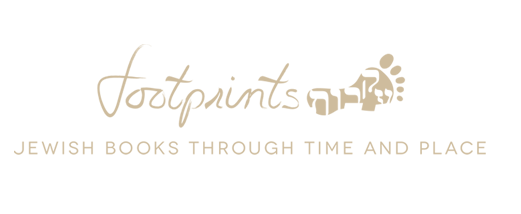

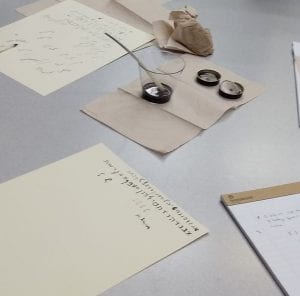

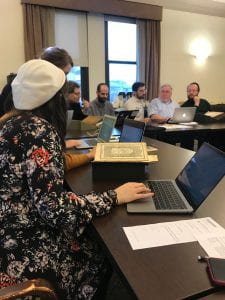
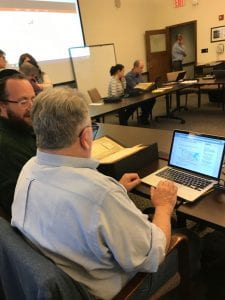
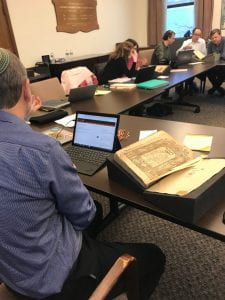
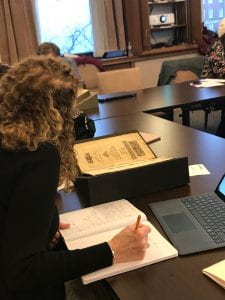

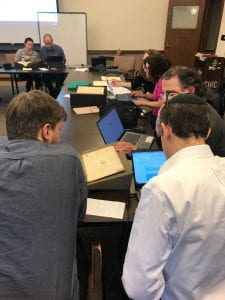

Leave a Reply
You must be logged in to post a comment.